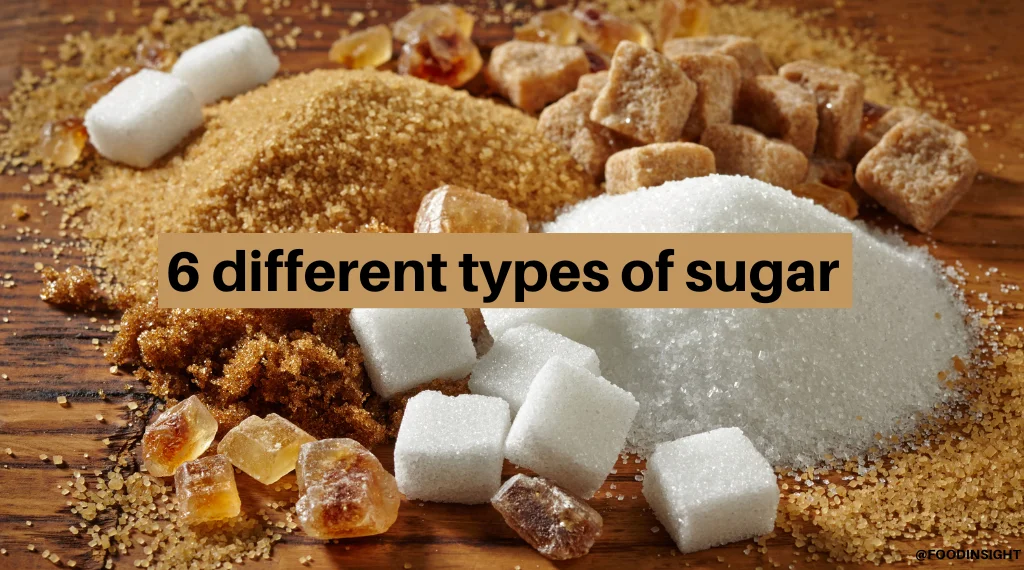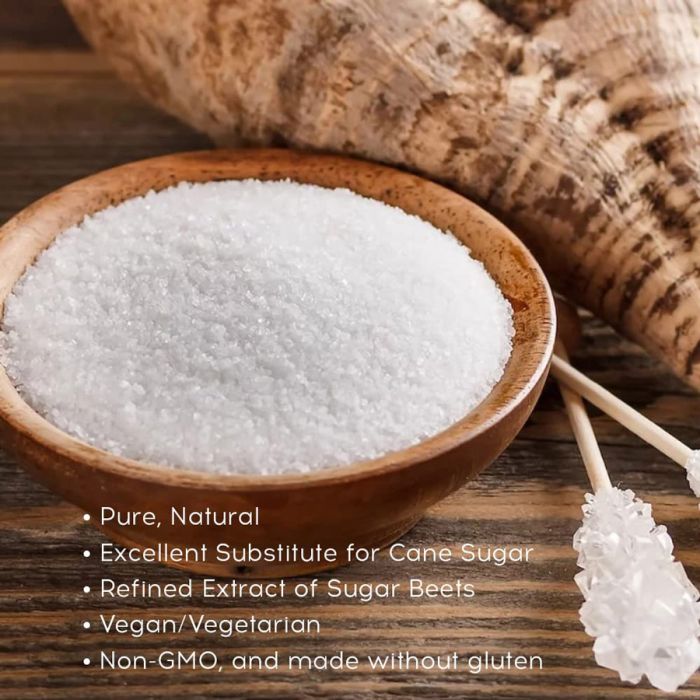Learning about beet sugar vs cane sugar can help shoppers decide which matches their preferences better.
Discover the Uses and Conveniences of Beet Sugar Vs Cane Sugar in Your Daily Diet Regimen
Exploring the distinct top qualities of beet and cane sugar discloses even more than simply their sweetening abilities; it highlights their unique effect on health and cookeries. Beet sugar, recognized for its subtle taste, is often preferred in delicate treats, whereas cane sugar, with its tip of molasses, adds richness to durable meals. Each type holds its own dietary profile and glycemic effects, welcoming a deeper understanding of their duties in a balanced diet and lasting usage methods.
Origin and Manufacturing Procedures of Beet and Cane Sugar

The unique climates and dirt kinds required for expanding sugar beetroots and sugarcane add to distinctions in their cultivation methods and geographic circulation, influencing the business economics and sustainability of their manufacturing. beet sugar vs cane sugar.
Nutritional Contrast In Between Beet Sugar and Cane Sugar
In spite of stemming from various plants, beet sugar and cane sugar are nutritionally really comparable, both mostly consisting of sucrose. Each provides about 4 calories per gram, equating to roughly 16 calories per tsp. Structurally, both sugars are made up of roughly 99.95% sucrose, with marginal amounts of various other compounds like dampness and trace minerals, which do not considerably change their dietary accounts.

Ultimately, when choosing between beet sugar and cane other sugar based upon nutritional material alone, both offer identical advantages and downsides as they are basically kinds of the same particle-- sucrose, supplying fast power without various other nutrients.
Effect On Health And Wellness: Glycemic Index and Caloric Material
Exploring even more into the impacts of beet sugar and cane sugar on wellness, it is important to consider their glycemic index and caloric web content. Both sugars are categorized as sucrose, which read the article contains sugar and fructose. This composition leads them to have a similar effect on blood sugar level levels. The glycemic index (GI) of both beet and cane sugar is around 65, categorizing them as high-GI foods, which can cause quick spikes in blood sugar degrees. This is a crucial element for individuals taking care of diabetes mellitus or those trying to stabilize their energy degrees throughout the day.
Each kind of sugar consists of about 4 calories per gram, making their caloric content equivalent. For those keeping an eye on caloric intake, specifically when taking care of weight or metabolic wellness problems, comprehending this equivalence is vital (beet sugar vs cane sugar). Too much intake of any high-calorie, high-GI food can add to health issues such as obesity, heart illness, and insulin resistance.
Environmental and Economic Factors To Consider of Sugar Production
Beyond wellness impacts, the production of beet and cane sugar likewise increases significant environmental and financial worries. Sugar beet farming often tends to require cooler environments and has a lower geographical footprint compared to click here for more info sugar cane, which prospers in tropical regions. Both plants are extensive in terms of water use and land occupation, possibly leading to logging and water shortage. Financially, the global sugar market is highly unpredictable, affected by modifications in global trade plans and aids. Numerous nations incentivize sugar production through financial support, skewing market value and influencing small farmers negatively.
Additionally, making use of chemicals and plant foods in both beet and cane sugar cultivation can lead to soil deterioration and contamination, more impacting biodiversity and neighborhood water bodies (beet sugar vs cane sugar). The choice between growing sugar beet or cane typically depends upon regional environmental problems and economic variables, making the sustainability of sugar production an intricate concern
Culinary Applications and Flavor Differences
While the environmental and economic elements of sugar manufacturing are indeed considerable, the selection in between beet and cane sugar also influences cooking applications and taste profiles. Beet sugar, acquired from the sugar beet plant, is recognized for its remarkably neutral taste.
Cane sugar, drawn out from sugarcane, commonly preserves molasses traces, which pass on an unique richness and depth. The mild variation in dampness web content in between beet and cane sugar can impact the structure and uniformity of dishes, making cane sugar a favored choice for particular recipes that profit from its unique buildings.

Final Thought
To conclude, both beet and cane sugar have distinctive beginnings and production procedures, providing comparable dietary accounts with minor differences in sodium material and flavor. While their influence on wellness, especially concerning glycemic index and calories, is similar, the choice between them commonly comes down to environmental, financial elements, and details culinary needs. Understanding these facets can lead consumers in making informed choices that line up with their wellness objectives and flavor preferences.